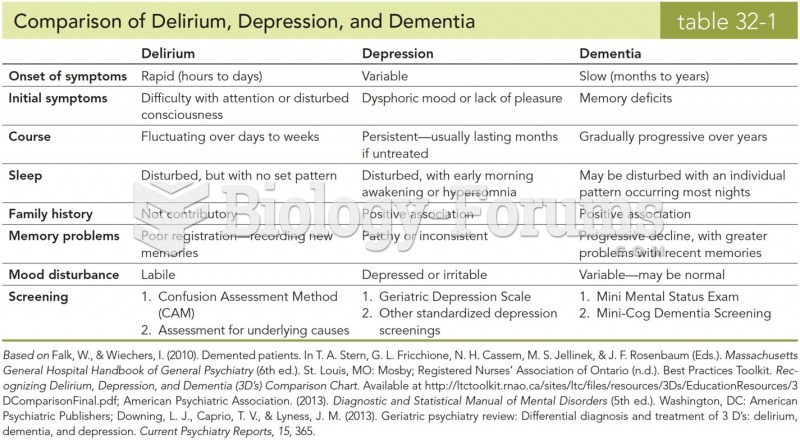|
|
|
Did you know?
There are 20 feet of blood vessels in each square inch of human skin.
Did you know?
Aspirin is the most widely used drug in the world. It has even been recognized as such by the Guinness Book of World Records.
Did you know?
The average adult has about 21 square feet of skin.
Did you know?
The B-complex vitamins and vitamin C are not stored in the body and must be replaced each day.
Did you know?
The human body produces and destroys 15 million blood cells every second.







